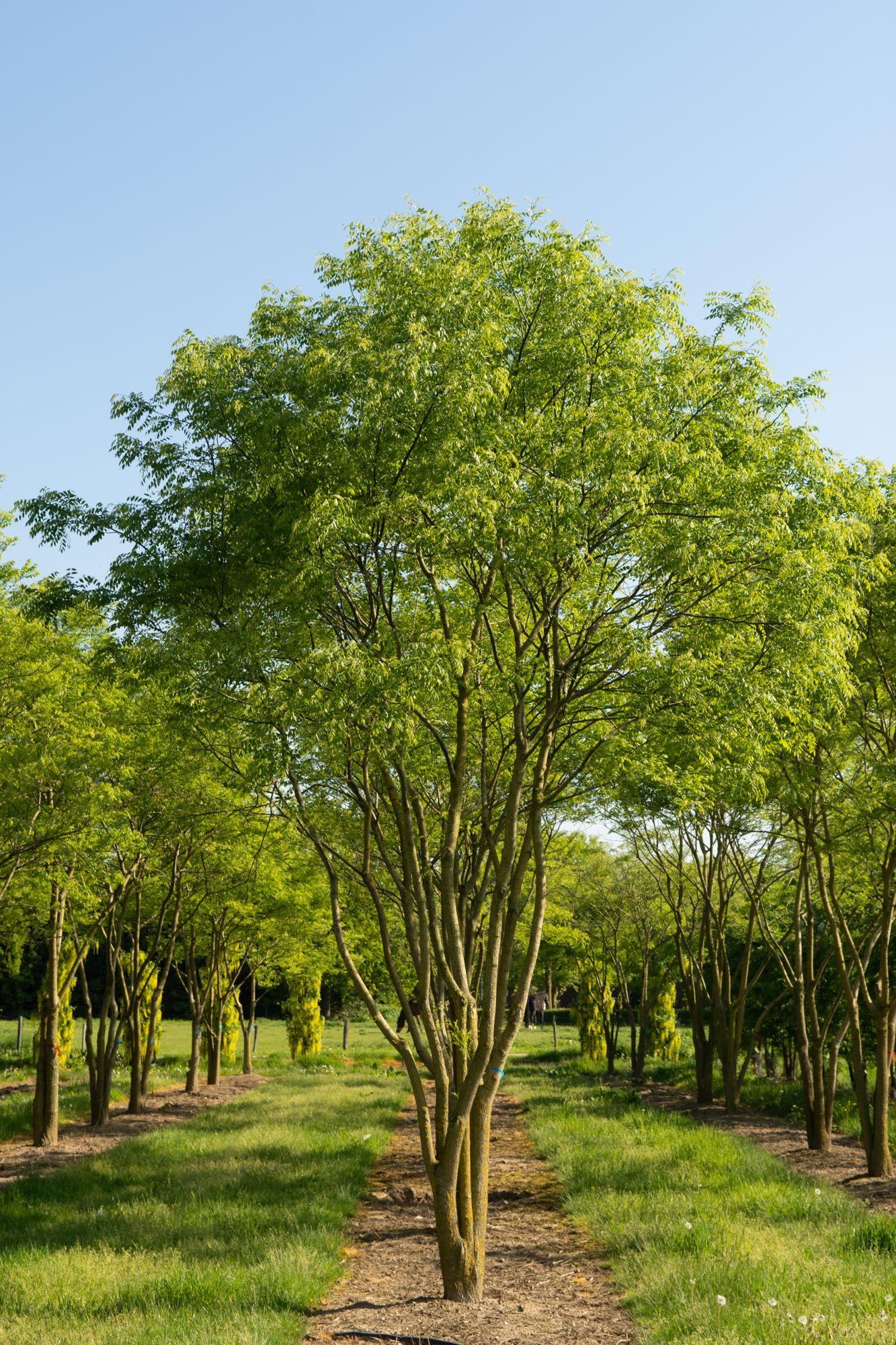
Japanese pagoda tree (Styphnolobium japonicum)
Japanese pagoda tree, also known as Scholar tree
The Japanese pagoda tree (*Styphnolobium japonicum*), native to China and Korea, has been cultivated around Buddhist temples in Japan for centuries, despite not being native to the country. It was introduced to France in 1847 by Pierre d’Incarville, a Jesuit priest who traveled to China to offer guidance on cultivating European flowers for the emperor.
Key Facts About Japanese pagoda tree
Attributes of Japanese pagoda tree
Lifespan
Perennial
Plant Type
Tree
Plant Height
8 m to 20 m
Spread
18 m
Leaf Color
Green
Flower Size
1.2 cm to 1.5 cm
Flower Color
White Yellow Cream
Scientific Classification of Japanese pagoda tree
Phylum
Vascular plants
Class
Dicotyledons
Order
Legumes, milkworts and allies
Family
Legume
Genus
Styphnolobium
Species
Japanese pagoda tree
Toxicity
ingestion, significant physical contact with sap